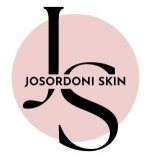
The first stage – and arguably the most important one in a skin care routine – is cleansing. Ageing skin in particular needs the skin barrier to be kept balanced and it can’t do that if it is covered in makeup, sunscreen or just basic pollution from day-to-day living. These things will also stop any further steps in your skin care routine from being absorbed, so your first step, whether day or night, is to cleanse your skin thoroughly.
Cleansers fall largely into two categories:
: Makeup removers
: Skin Cleansers
Makeup removers:
Sunscreen, waterproof makeup, mascara, eyeliner, matte lipstick. All of these hard wearing cosmetics aren’t designed to come off easily, and if you just use a skin cleanser, you’ll be rubbing, tugging and stretching your skin – particularly with eye makeup and the fine, thin skin around the eyes – far more than you want to, and possibly will still end up with makeup residue.
I believe it is better to use a makeup remover with an oil base, which will easily dissolve makeup and any other residues on the skin. I remember, in my youth, all we had to remove makeup was a cream or lotion, wiped on and off again with cotton wool, and there are still some excellent lotions available, particularly useful for dry skins that don’t work well with anything that needs washing off.
Personally, I use a balm cleanser, which liquefies into an oil when massaged into dry skin with dry hands, and then emulsifies with the addition of water (I wet my hands and then massage again) into a fine creamy lotion which can be wiped off with a wet cloth. It doesn’t take a lot to dissolve all your makeup and sunscreen, probably about the size of a polo mint.
I’m currently using this one: (May 2022)
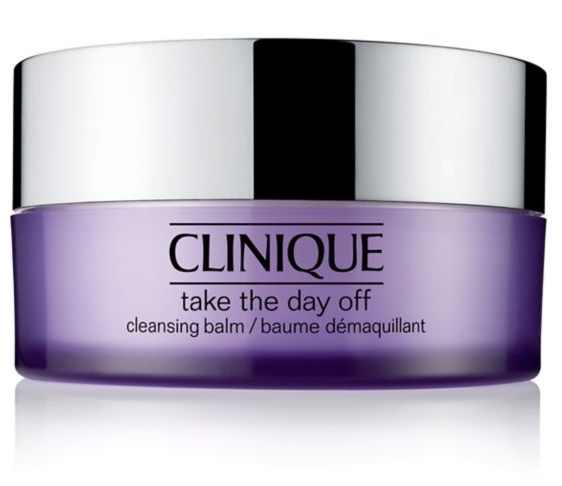
Clinique Take The Day Off cleansing balm.
Oil cleansers are also excellent and work on the same basis, though they start off already a liquid oil, so I find them a bit drippy. Both oil cleansers and balms are good for releasing sebum plugs in your pores if you have oily skin, so don’t ignore them thinking they will just make your skin more oily, as that’s not true.
There are also specialist removers for eyes and lips, often a bi-phase solution of gentle cleansers and oils that need to be shaken and mixed up before use then used on a cotton pad. Whilst I use one sometimes, I find that my cleansing balm removes all my makeup so easily I don’t often need to resort to this.
I’m currently using this one: (May 2022)
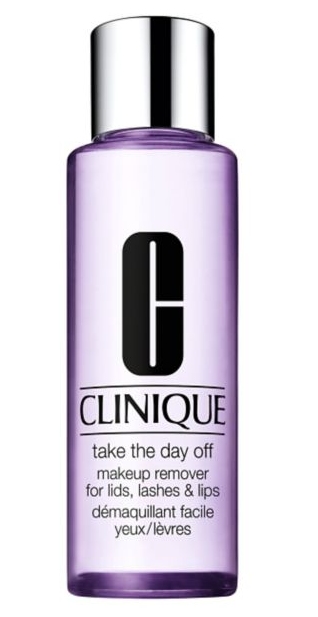
Clinique Take The Day Off Makeup Cleaner for lids, Lips and Lashes (Clinique regularly give samples of this in their gift sets, and I’ve currently amassed three little bottles.)
Micellar waters are also popular and efficient for removing makeup, though I like them less. Again, I prefer to remove these waters from my skin with a damp cloth as they contain surfactants (products that help oils and water to mix) that don’t always work well with your skin barrier if they are left on the skin.
I like this one: (May 2022)
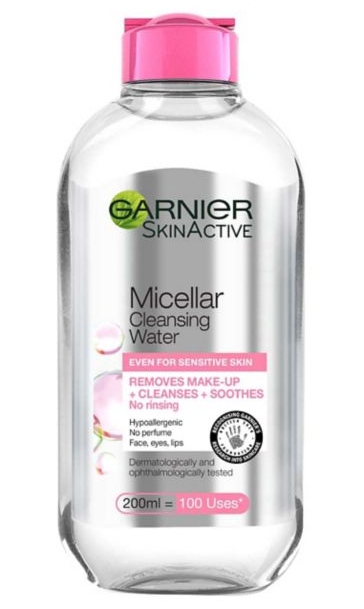
Garnier Micellar Water for Sensitive Skin
Skin cleansers:
Skin cleansers are not designed to remove makeup, only to clean your skin (so don’t be surprised if you try to use one of these to take your makeup off and your mascara leaves a black circle under your eye). They have come along a long way from the stripping, harsh cleansers of our teens, designed to remove every trace of oil and leave the skin squeaking, and today’s skin cleansers – even the most basic ones – are designed to leave the skin soft as well as clean. It’s become clear as scientific research into skin barriers has progressed, that it is far better for the skin to retain some hydration when the cleanser has been removed.
I use a low-foaming cleanser, and remove with a wet cloth, followed by splashing with water to remove all traces of the surfactants.
I’m currently using this one: (May 2022)
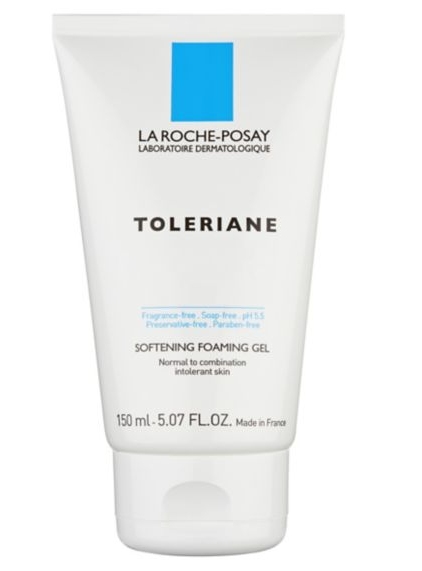
La Roche-Posay Toleraine Softening Foaming Gel Wash – Sensitive Skin
Very dry skins may find even a gentle foaming cleanser too stripping for your needs, and you may feel happier with the feel of a cream cleanser. Massage into the skin and then wipe off with a damp cloth.
Double Cleansing and the difference between night and day:
I like a double cleanse in the evening if I’ve been wearing makeup. I will use a balm first, and then follow up with the foaming cleanser. If I’ve had a no makeup day, then I will normally use just the balm (I like the texture of a balm at night time).
In the morning, my routine depends on how sensitive my skin is feeling. Sometimes, I’ll use a balm again, or I might just splash my skin with warm water and remove any overnight residues from my night time skin care routine with a damp cloth, or I’ll use a low-foam skin cleanser. I use a tiny amount of foaming cleanser – no more than the size of a pea, and this is more than enough to cleanse my face and neck. But I only single cleanse in the morning, a double cleanse if unnecessary. (Unless you slept in your makeup, in which case, give yourself a good telling off, and then double cleanse as if it were the evening…)
Having said that, a double cleanse can work well night and morning if you have oily skin as the initial balm/oil cleanse will remove any excess sebum and then you can follow up with the fresher feel of a gel or foaming cleanser.
Dryer skins may find that they work well with something rich and soothing in the morning as well as at night, so the cream cleanser can work as the second half of double cleansing at night, and on its own in the morning.
By the way – Facecloths:
Don’t waste your money on fancy muslin cloths (though feel free to use them if you already have them – I still have ones from Liz Earle that I’ve washed and used for years). Standard face flannels are excellent and not too abrasive on anyone’s skin and you shouldn’t have to spend more than a quid or so on one.
I like these: (May 2022)
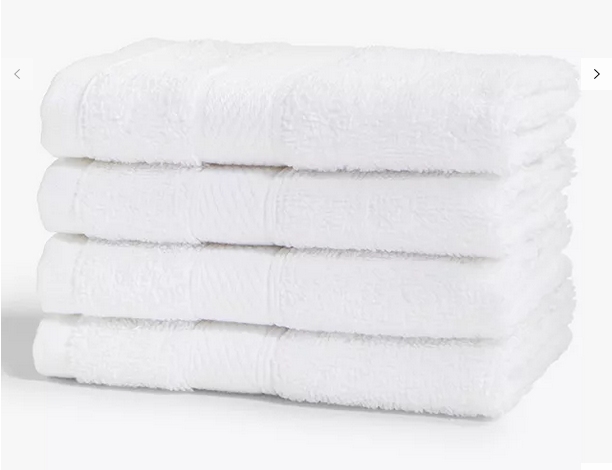
John Lewis Anyday face flannels:
Have I missed anything you’re interested in? Let me know in the comment box below:
Please note: This site reflects my personal opinions and should not be taken as professional advice. Please consult a skin professional if you have any major concerns.
